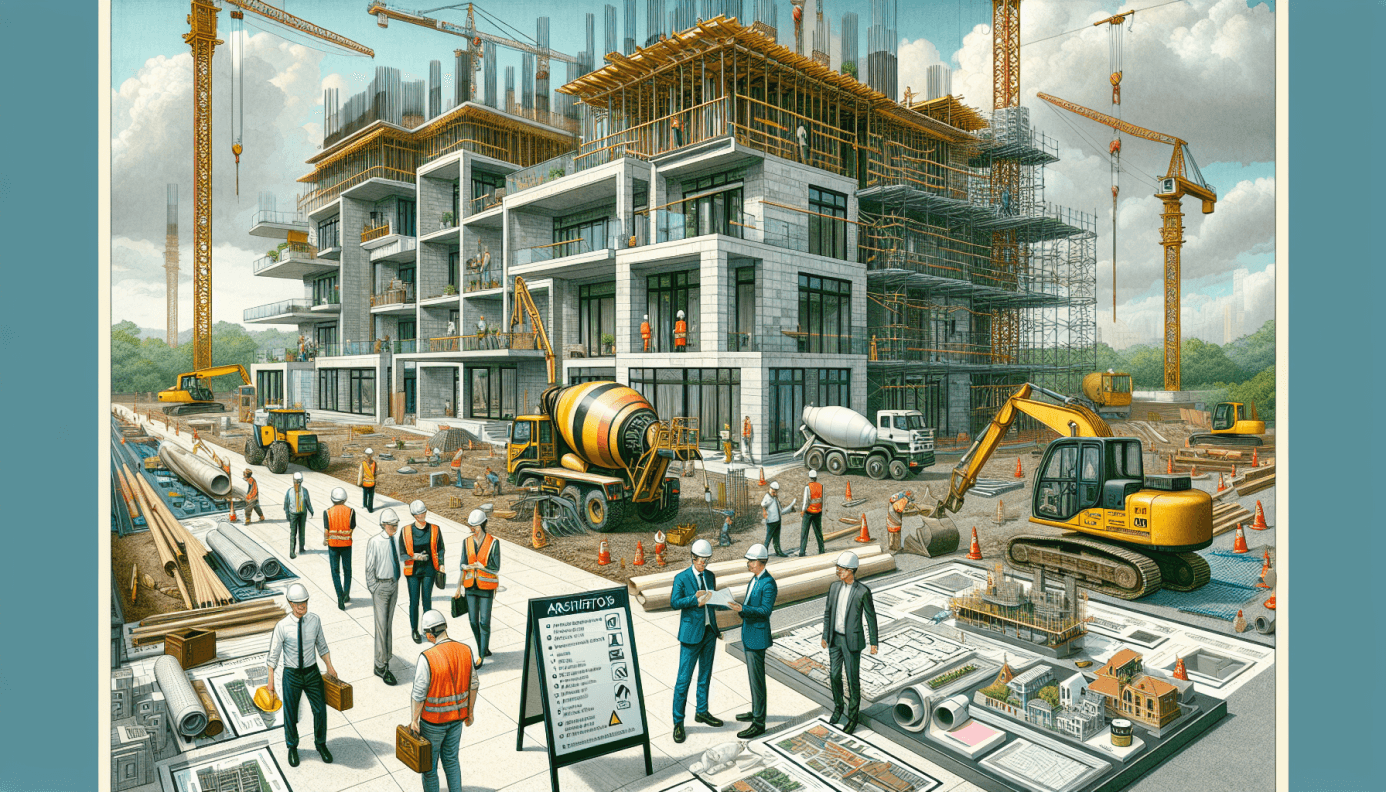Table of Contents
The construction of high-value residential properties in London’s densely populated and historically rich environment presents a myriad of regulatory challenges. Beyond the general compliance with building codes and planning permissions, there are several intricate legislative issues that constructors must navigate. These include permits for skips, parking arrangements for contractors, and other specific regulations that can significantly impact the progress and execution of work for any commercial construction company in London.
Permits for Waste Management
In London, managing construction waste efficiently and responsibly is paramount. Skip permits, or skip licences, are required when a skip is placed on a public road. Obtaining these permits is the responsibility of the construction company or the skip hire company. The process involves adhering to specific regulations set by the local council, which may include limitations on skip size, placement duration, and safety measures like lighting and marking.
Failure to comply with these regulations can lead to fines and delays. Moreover, constructors must also consider environmental regulations related to waste disposal. The Waste (England and Wales) Regulations 2011, for example, require businesses to apply the waste management hierarchy, prioritising waste prevention, reuse, recycling, and recovery over disposal.
Parking Arrangements for Contractors
Parking for contractors in London, especially in congested areas or zones with parking restrictions, requires careful planning. In some boroughs, construction companies must obtain special parking permits for their vehicles. These permits allow contractors to park in resident or shared use bays, which can be crucial for accessing construction sites in areas with limited parking availability.
Navigating these parking regulations requires an understanding of the local council’s rules and may involve liaising with residents and businesses to minimise disruption. Failure to adhere to parking regulations can result in penalties and strained relations with the local community, impacting the overall project timeline and reputation of the construction company.
Additional Legislative Considerations
Other legislative challenges in high-value residential construction projects may include:
Noise Control: Adhering to the Control of Pollution Act 1974 and the Environmental Protection Act 1990, which regulate noise levels in residential areas. This may involve restricting construction activities to certain hours and implementing noise mitigation measures.
Health and Safety: Complying with the Health and Safety at Work etc. Act 1974 and the Construction (Design and Management) Regulations 2015, ensuring that construction sites are safe for workers and the public.
Listed Buildings and Conservation Areas: In London, many areas are designated as conservation areas, and buildings may be listed due to their historical or architectural significance. Working on such properties requires special permissions from local authorities, adhering to strict guidelines to preserve their character and heritage under the Planning (Listed Buildings and Conservation Areas) Act 1990.
Environmental Impact: For larger projects, an Environmental Impact Assessment (EIA) may be required under the Town and Country Planning (Environmental Impact Assessment) Regulations 2017. This assessment evaluates the potential environmental effects of the project, including impacts on biodiversity, air quality, and noise.
Scaffolding and Hoarding Licences: When using scaffolding or erecting hoardings on public land, constructors must obtain the necessary licences from the local council. These licences ensure that the structures are safe and do not unduly obstruct pedestrians or traffic.
Public Right of Way: Construction projects must respect public rights of way. Any temporary obstruction or diversion of paths, such as footpaths or bridleways, requires approval from the local authority.
Fire Safety during Construction: Compliance with fire safety regulations, especially in the wake of the Grenfell Tower tragedy, is critical. This includes adhering to the Regulatory Reform (Fire Safety) Order 2005 and ensuring that construction materials and methods enhance fire safety.
Accessibility Standards: Under the Equality Act 2010 and Building Regulations Part M, new constructions must ensure accessibility for people with disabilities. This includes considerations for wheelchair access, lifts, and accessible bathroom facilities.
Building Regulations: Adhering to the specific requirements set out in the Building Regulations 2010, which cover aspects like fire safety, energy efficiency, and accessibility.
Ensuring Success For Construction Projects in London
The successful execution of high-value residential construction projects in London hinges not only on architectural and design excellence but also on meticulous adherence to – sometimes complex – regulatory requirements. From things like waste management and parking arrangements to noise control and safety compliance, these regulations play a critical role in shaping the construction process, influencing everything from project timelines to community relations.
As the construction industry continues to evolve, staying abreast of these legislative intricacies will be crucial for constructors aiming to deliver luxury residential projects that are not only aesthetically pleasing but also legally compliant and socially responsible.


